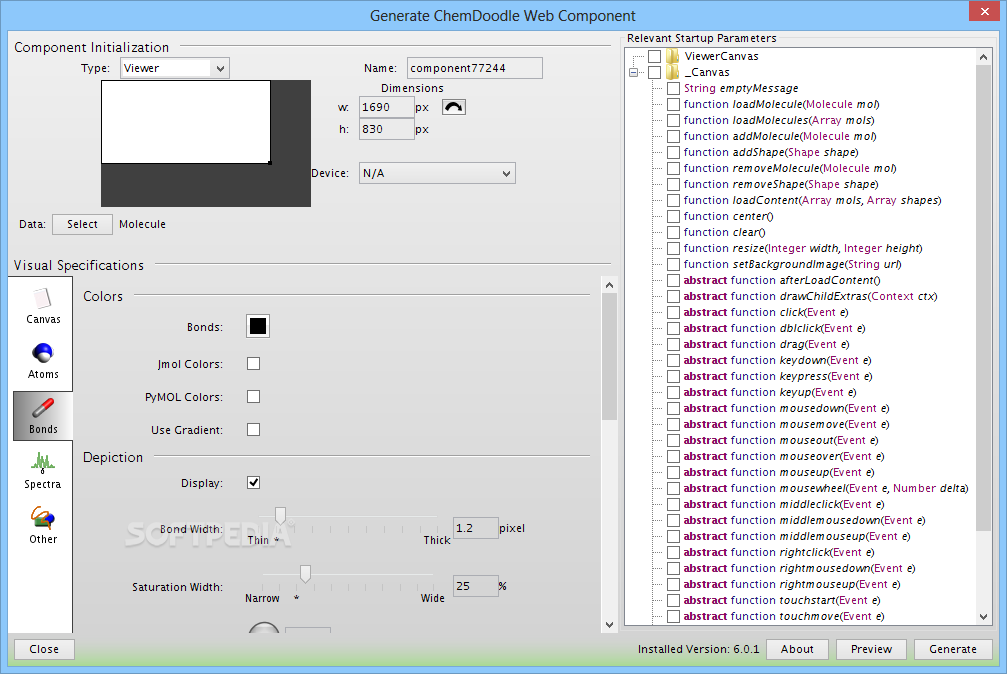

These findings could be an important step in determining the exact mechanisms of inhibitory activity and will hopefully serve in further research purposes of complex pharmacogenomics studies.Īs an important member of ion channels family, the voltage-gated sodium channel (VGSC/Nav) is associated with a variety of diseases, including epilepsy, migraine, ataxia, etc., and has always been a hot target for drug design and discovery.

Results obtained in this research are showing evidence that there are interactions between the halogenated boroxine molecule and both previously mentioned proteins (human carbonic anhydrase and human catalase) in their active sites, which led us to the conclusion that the inhibitory function of halogenated boroxine has been confirmed. Molecular docking was performed using AutoDock Vina, while the results were visualized using PyMOL. ACD/ChemSketch and ChemDoodle were used for creating the three-dimensional structure of halogenated boroxine. The three-dimensional crystal structures of human catalase (PDB ID: 1DGB) and human carbonic anhydrase (PDB ID: 6FE2) were retrieved from RCSB Protein Data Bank and the protein preparation was performed using AutoDock Tools. Using computational methods, we tried to confirm the inhibitory effect of halogenated boroxine on the active sites of these previously mentioned enzymes. This research work included bioinformatics modeling of the dipotassium-trioxohydroxytetrafluorotriborate-halogenated boroxine molecule, as well as simulation and prediction of structural interactions between the halogenated boroxine molecule, human carbonic anhydrase, and human catalase structures.


 0 kommentar(er)
0 kommentar(er)
